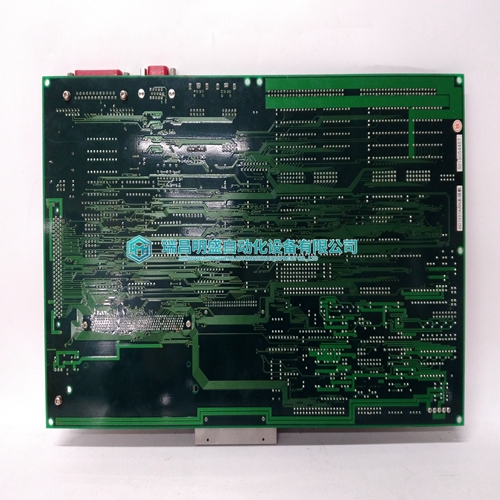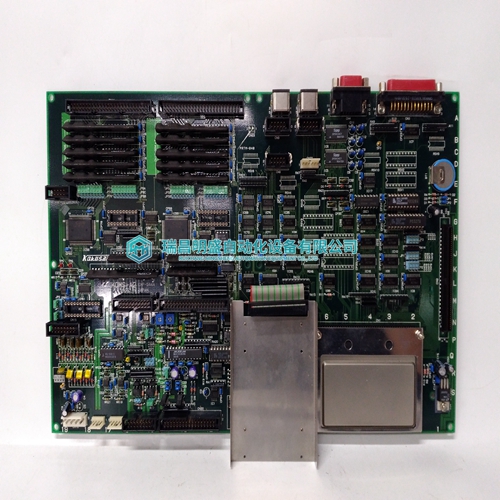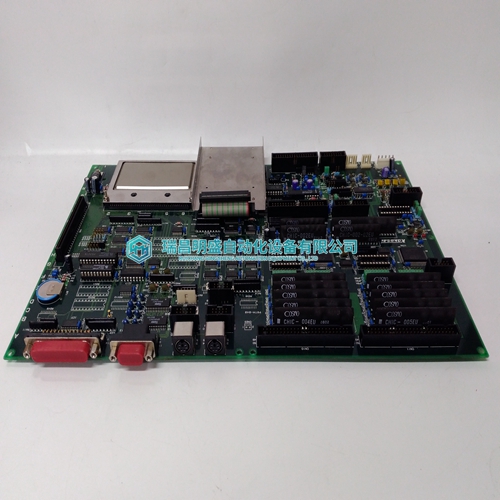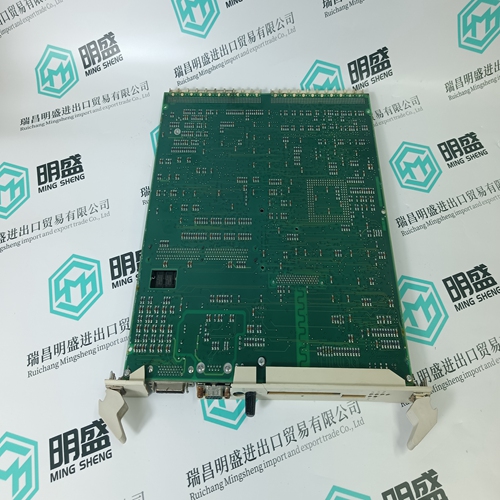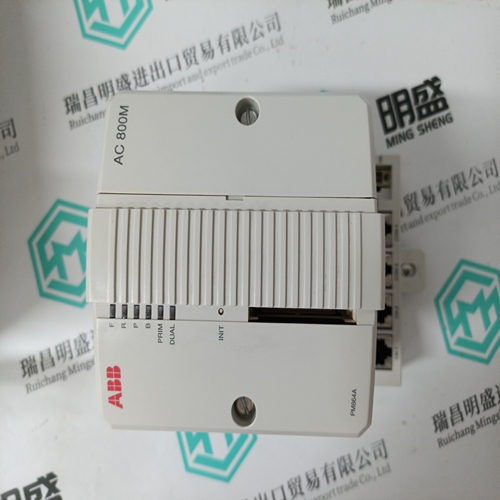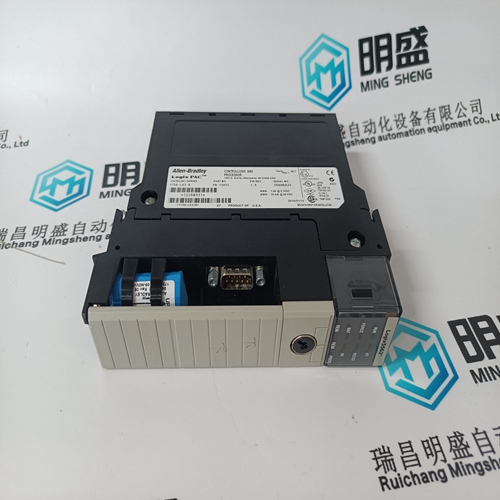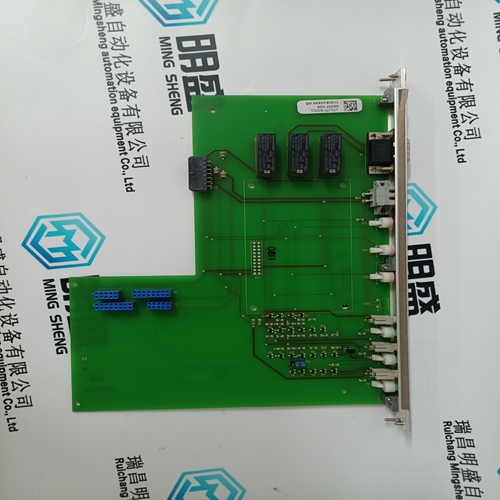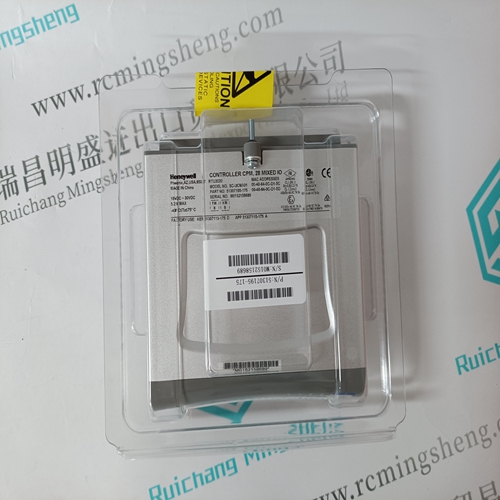Home > Product > Robot control system > KOKUSAI KOMS-A2 CXP-544A module
KOKUSAI KOMS-A2 CXP-544A module
- Product ID: KOMS-A2 CXP-544A
- Brand: KOKUSAI
- Place of origin: the United States
- Goods status: new/used
- Delivery date: stock
- The quality assurance period: 365 days
- Phone/WhatsApp/WeChat:+86 15270269218
- Email:stodcdcs@gmail.com
- Tags:KOKUSAIKOMS-A2 CXP-544Amodule
- Get the latest price:Click to consult
The main products
Spare parts spare parts, the DCS control system of PLC system and the robot system spare parts,Brand advantage: Allen Bradley, BentlyNevada, ABB, Emerson Ovation, Honeywell DCS, Rockwell ICS Triplex, FOXBORO, Schneider PLC, GE Fanuc, Motorola, HIMA, TRICONEX, Prosoft etc. Various kinds of imported industrial parts
Products are widely used in metallurgy, petroleum, glass, aluminum manufacturing, petrochemical industry, coal mine, papermaking, printing, textile printing and dyeing, machinery, electronics, automobile manufacturing, tobacco, plastics machinery, electric power, water conservancy, water treatment/environmental protection, municipal engineering, boiler heating, energy, power transmission and distribution and so on.
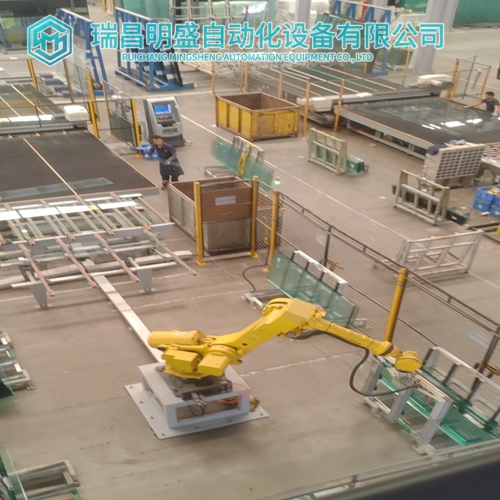
KOKUSAI KOMS-A2 CXP-544A module
Because the motor EMF-voltage is directly proportional to motor FLUX it is possible to define the relationship between the field current and the motor FLUX by measuring the motor armature voltage without load (EMF). The main idea for linearisation is to find a field current that produces the desired EMF-voltage at a certain speed. Linearisation is done with a function block that needs three defined values, field currents for a 90%, 70% and 40% flux. The other values are interpolated. During the commissioning the values must be defined for the function block if the EMF-controller is to be used. Only the EMFcontroller uses the linearisation function.The motor field can be reduced during standstill in order to avoid overheating when the motor is not running. The function can be activated by means of two parameters: F1 RED SEL (1313) Selection for the first motor F2 RED SEL (1510) Selection for the second motor in the case of shared motion.
The Purpose of EMF Controller
The EMF-controller has two main control functions: 1. When the motor is run above the base speed, the EMFcontroller reduces the motor field to keep the EMF-voltage constant at a maximum level. This must be done to avoid armature overvoltage and on the other hand, a maximum EMF is needed to keep the FLUX as high as possible. 2. When an accurate torque controller loop is needed, the EMF controller can be used to form an accurate FLUX value. The application program in the DCS 500B calculates the required value of the motor EMF at the used speed and used FLUX reference. The EMF-controller then adjusts the field current so that the measured EMF corresponds to the EMF-reference.Above a certain speed the motor FLUX must be reduced in order to avoid armature overvoltage. This area is called the "field weakening area" and the speed where the field reduction starts is called the "field weakening point". Above the field weakening point the motor FLUX is reduced by ratio 1/n.
Selection of EMF-control
The EMF-control function can be activated by means of parameter FIELD MODE (1001) 0 No EMF-control (constant field) without field reversal 1 EMF-control without field reversal 2 No EMF-control (constant field) with field reversal 3 EMF-control with field reversal 4 OPTITORQUE without EMF-control 5 OPTITORQUE with EMF-control Field reversal is normally used on two-quadrant drives. The field exciter must also be such that the field current can be controlled, e.g. SDCS-FEX-2, DCF50x-0050 or DCF500/DCF700. Resistive and inductive voltage drop To enable an accurate control, the EMF-voltage must be calculated. Without load the measured DC-voltage equals about the EMF but when the motor is loaded, the EMF starts to decrease because of losses in the motor.
